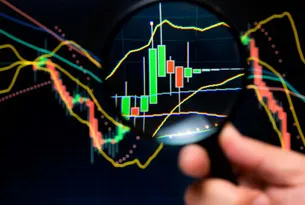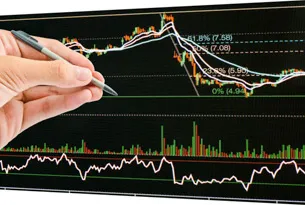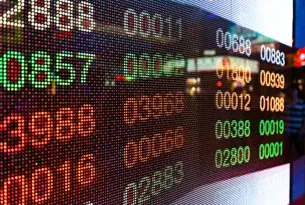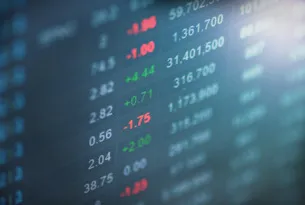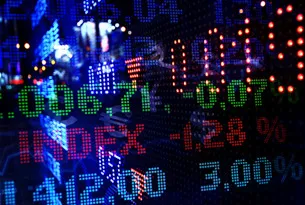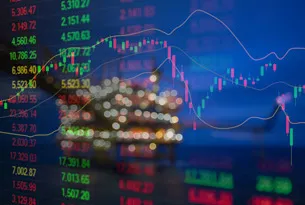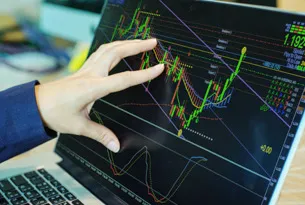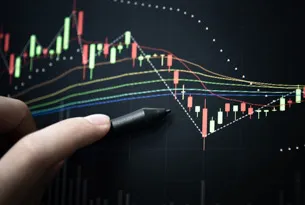Jeffrey Hirsch studies past market trends to determine what moves are likely to occur at certain seasonal markers. He tells MoneyShow.com about three ETFs he likes if the market corrects, as he expects it to.
Kate Stalter: Today, I am speaking with Jeffrey Hirsch. He is the editor-in-chief of Stock Traders Almanac.
Jeff, one of the main things that you look at is the seasonality in the markets. As we are in April, we’re heading into the spring or the second quarter, what occurred to me was that old adage of, “Sell in May and go away.” Maybe you could start with your take on that saying, and what you’re seeing right now.
Jeffrey Hirsch: Well, it’s something that is part of our seasonal and annual trading regimen. The last couple years, it’s worked very well.
We’re more of the other side of that, which is, to use the phrase, “Buy in October, get yourself sober,” which we did last October. You have to be in it to sell it, pretty much.
But this year, we’ve been concerned that we were going to get our technical trigger a little bit earlier. The big February gains were a bit of a red flag for us. There’s usually a pause in that month, and a lot of the hot economic and corporate numbers seemed to be pulled forward with the warm winter that we had.
So we ended up having our technical trigger signal on April 3. We tightened up our stops. We sold some positions, and we started taking defensive positions in a few different sectors.
Kate Stalter: Well, let’s talk about some of the sectors, and what you are seeing, perhaps, cycling in or out of leadership at this time.
Jeffrey Hirsch: Well, you know, we’re prepared for a sort of tide going out that’s going to pull down most of the ships in the market. We like to go inverse to stocks, and we look for some bond plays, and also to short some stocks.
The three things that we’re advising this year: We like not the shorter-term bond instruments—we like the Seven-to-Ten-Year iShares Treasury ETF (IEF), and then also the 20+ Year Treasury ETF (TLT).
And there’s a new ETF that actively shorts stocks. It’s called the AdvisorShares Active Bear (HDGE), and their ticker is HDGE like hedge. I spoke with the managers and they’ve got a nice method.
They’re short, but they’re OK going into cash when their indicators are bullish. And right now, they’re pretty heavily short; they’re in some of the more mid-cap and smaller shares, so they should get a bit more beta out of that.
You know, if S&P goes down 5% like I think it might, their portfolio will gain 20% or 30%; their stocks can go down that much. So that’s what we’re looking at for the next several months—six or less.
Kate Stalter: So let’s just talk for a few minutes, then, about overall portfolio management. Because obviously a lot of people have “buy-and-hold” index portfolios, but other people like to trade in and out. Going into the spring and summer, what would you suggest at this point?
Jeffrey Hirsch: Well, even if you buy and hold, it doesn’t mean you have to buy all the time. I know a lot of the reinvestment 401(k) “buy monthly” methodologies do that. But you can turn that stuff off, and just go into money market or bonds or cash for a few months while the market is in a correction mode.
After we had our big seasonal run-up from October through the first of April, I’m pretty convinced that we’re at least going to go sideways for a while. So people who believe in buy and hold can do well holding off for now. And then when the markets turn…or wait for it to go down 10% or 15%, and then switch into investing into equities indices, the basket that they use.
And trading, those who go in and out, I think it’s the perfect opportunity for that, and I think that’s going to be the case for the next couple years. So trade the charts, trade the fundamentals, the technical—whatever one uses. I think it will be ripe for that kind of trading over the next several years.
Related Reading:



















